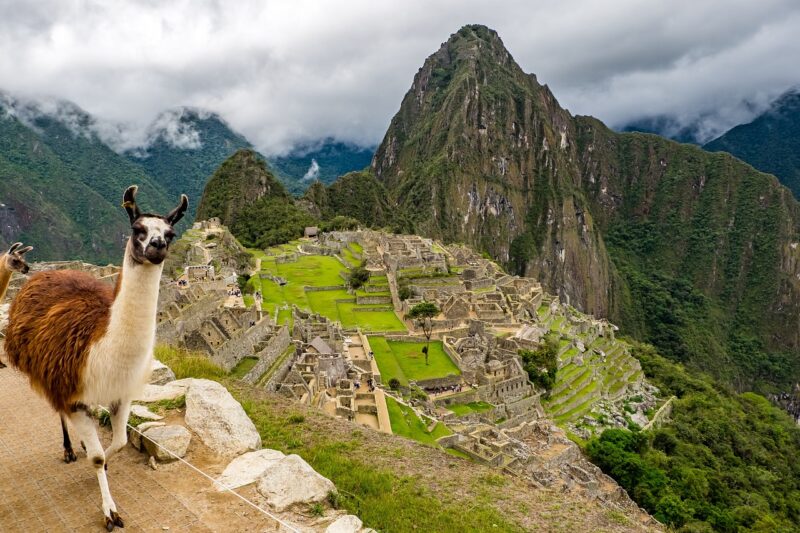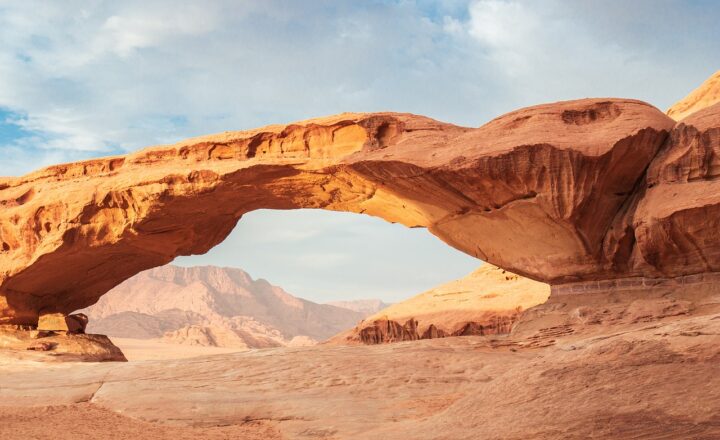
Machu Picchu stands as one of the most iconic symbols of the Inca Empire and a marvel of ancient engineering. Nestled in the Peruvian Andes, this enigmatic site has captivated the imaginations of historians, archaeologists, and travelers alike. With its stunning terraces, agricultural innovations, and astounding vistas, Machu Picchu is not just a site to explore; it is a portal into the rich and mysterious world of the Inca Empire.
In this article, we will delve deep into the history of Machu Picchu, explore the architectural wonders of the site, uncover the mysteries surrounding the Inca civilization, and analyze the significance of this remarkable location in both ancient and modern times.
1. A Brief History of Machu Picchu
Machu Picchu was built in the 15th century during the height of the Inca Empire under the reign of the emperor Pachacuti. The construction of the site marked a significant achievement in Inca architecture and city planning. Despite being abandoned in the 16th century during the Spanish Conquest, Machu Picchu remained largely unknown to the outside world until its rediscovery by American historian Hiram Bingham in 1911.
Historians believe that Machu Picchu was used as a royal estate or a sacred religious site for the Inca. Its strategic location atop a mountain provides breathtaking views of the surrounding sacred valley and reinforces the significance of the site in Inca spirituality and governance.
2. Architectural Marvels of Machu Picchu
The architecture of Machu Picchu reflects the advanced engineering skills of the Inca civilization. The site covers approximately 13 square kilometers and features an intricate layout that includes agricultural terraces, temples, residential areas, and ceremonial structures. Notable features include:
- Terraces: The agricultural terraces built into the mountainside showcase Inca ingenuity, enabling them to cultivate crops at varying altitudes, optimizing irrigation and maximizing productivity.
- The Temple of the Sun: This religious structure illustrates the Inca’s deep spiritual connection to the sun. The temple’s design incorporates a unique stone altar, where ceremonial rituals were likely conducted during solstices and equinoxes.
- The Intihuatana Stone: Often described as a ritual stone associated with astronomy and agriculture, the Intihuatana is believed to have served as a waypoint for sun worship, symbolizing the connection between Earth and the cosmos.
The incredible stone masonry of Machu Picchu features precisely cut stones that fit together without the use of mortar, a technique known as ashlar. This method not only enhances stability but also allows the structures to withstand earthquakes, a common occurrence in the region.
3. The Inca Civilization: A Closer Look
The Inca Empire, one of the most advanced civilizations of its time, extended across a vast territory in western South America, encompassing parts of modern-day Peru, Bolivia, Ecuador, and Chile. At its height, the empire was known as much for its infrastructure as for its cultural and scientific achievements.
Social Structure and Economy
The Inca society was highly structured, based on an extensive hierarchy led by the Sapa Inca, the emperor regarded as a descendant of the sun god. The economy was primarily agrarian, with a heavy emphasis on the cultivation of staples such as potatoes, maize, and quinoa. The Incas also mastered advanced agricultural techniques, including aqueducts for irrigation and crop rotation.
Astronomy and Mathematics
The Incas displayed remarkable knowledge in astronomy and mathematics. They developed a complex calendar system based on celestial observations, which played a significant role in agriculture and religious practices. Their engineering feats, such as the construction of extensive road networks across the rugged Andes Mountains, further demonstrate their expertise in mathematics and geography.
4. The Mysteries and Theories Surrounding Machu Picchu
Despite extensive studies, Machu Picchu continues to harbor numerous mysteries and unanswered questions. What exactly was the purpose of this remarkable site? Here are some intriguing theories:
- Royal Estate Theory: Some historians believe that Machu Picchu served as a royal estate for Pachacuti, a retreat for the elite members of society, away from the political turmoil of Cusco.
- An Inca Sanctuary: Given its religious significance, Machu Picchu may have functioned primarily as a spiritual sanctuary, dedicated to the worship of the sun and nature.
- Strategic Military Post: The location of Machu Picchu offers strategic advantages, which could imply that it served as a military outpost to defend Cusco from potential invasions.
These various theories only deepen the allure of Machu Picchu, compelling visitors to explore its ancient undercurrents and speculate on the lives and beliefs of the Incas who constructed it.
5. The Modern Significance of Machu Picchu
Today, Machu Picchu is not only a UNESCO World Heritage site but also one of the most visited tourist destinations globally. Its allure attracts adventurers, historians, and casual travelers, all eager to uncover the remnants of Inca civilization. However, with increasing visitor numbers, the preservation of Machu Picchu is becoming a growing concern. Harmful environmental impacts and the strain of foot traffic threaten to erode the site’s ancient integrity.
To address these issues, local authorities have introduced measures to limit the number of visitors, implemented better waste management systems, and promoted sustainable tourism to safeguard Machu Picchu’s future. The modern appreciation of the site underscores the importance of preserving not just its physical remnants but also the rich cultural narratives woven into its history.
Conclusion
Machu Picchu is more than a breathtaking archaeological site; it represents the pinnacle of Inca achievement and an enduring symbol of human ingenuity and spirituality. Through its stunning architecture, engrained mysteries, and rich history, Machu Picchu continues to inspire admiration and dedication to understanding the diverse facets of the Inca Empire. By visiting Machu Picchu, we not only experience the remnants of a glorious past but also commit to preserving it for future generations as a testament to the inventiveness and resilience of humanity.
Let the ancient ruins of Machu Picchu transport you back in time, inviting you to unravel the enigmatic story it holds within its stones – a story that has shaped the essence of a civilization that echoes through history.







